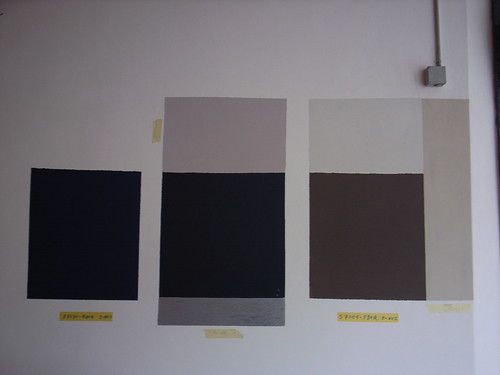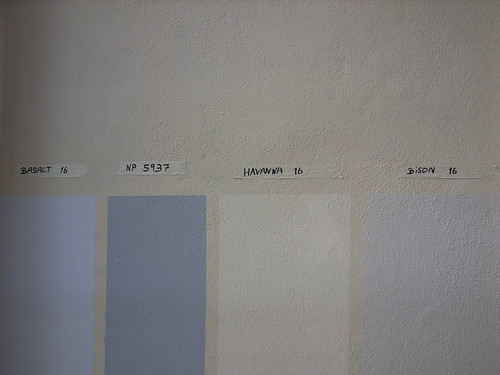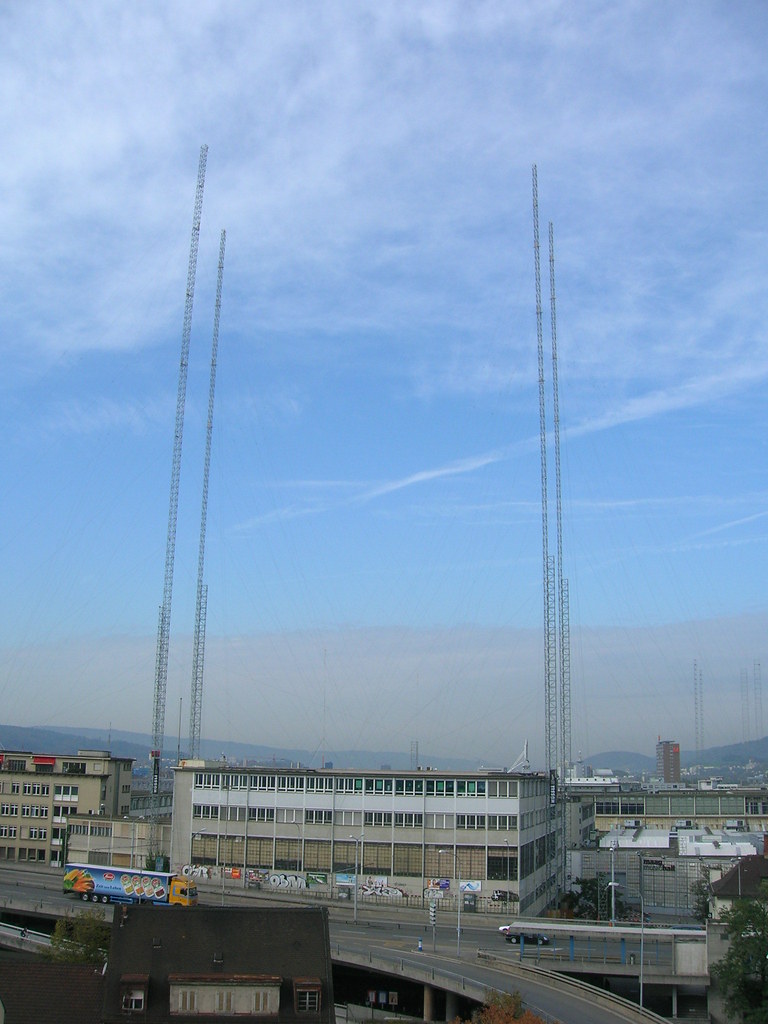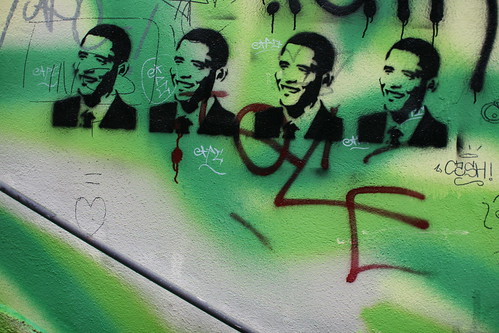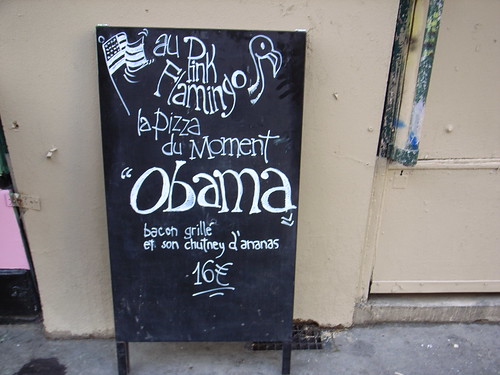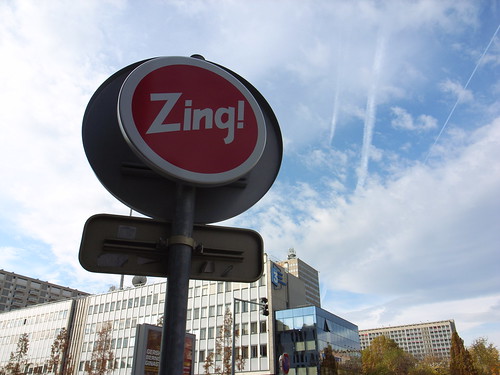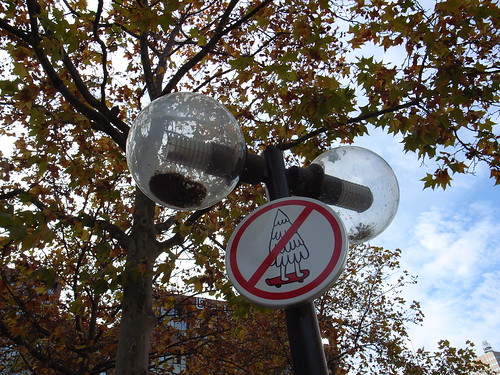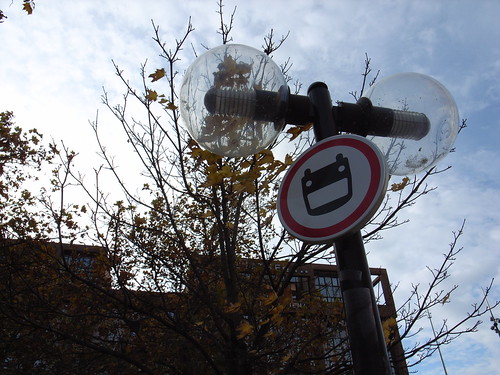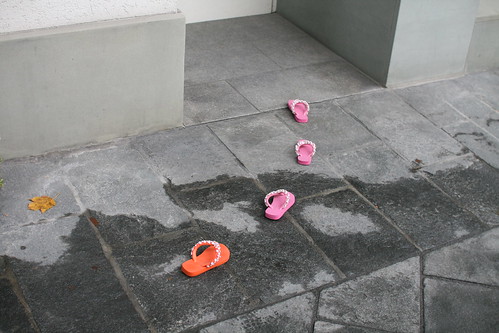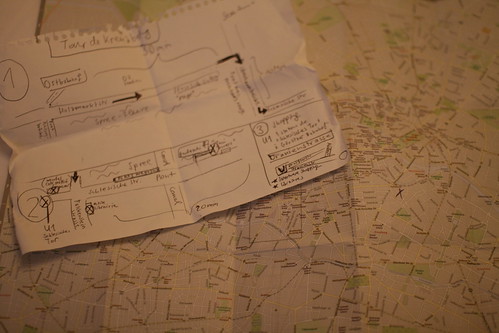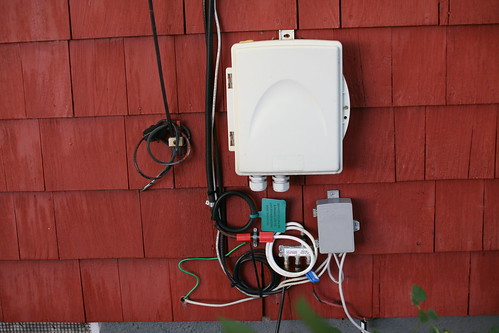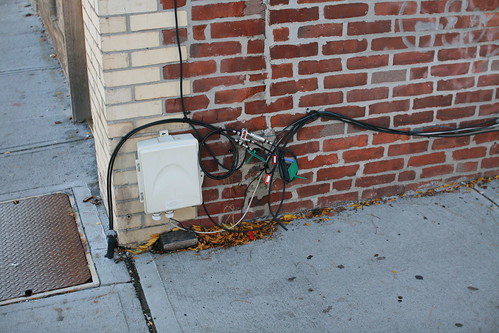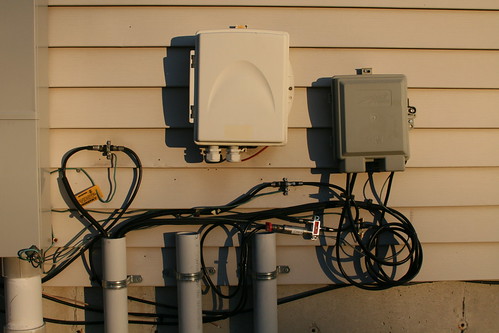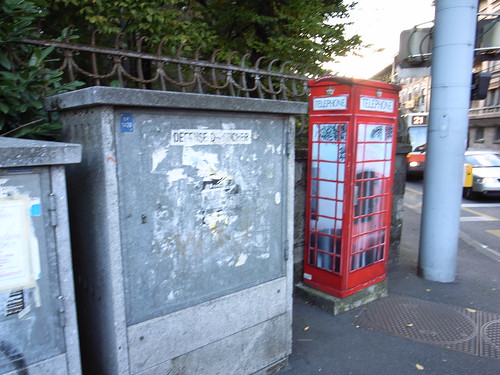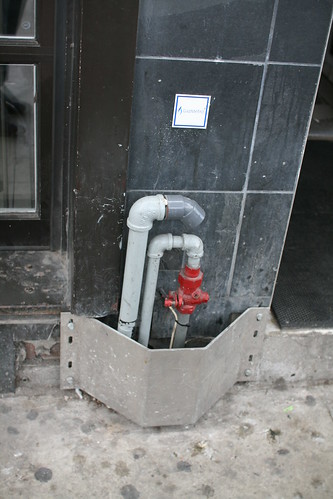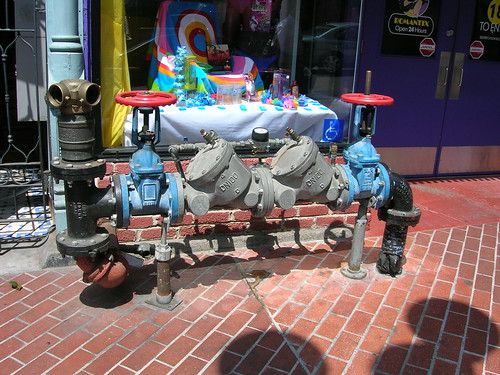In the last issue of Vodafone's Receiver, there is an article by Anne Galloway about environmental sensing projects. Anne gives a quick summary of some meaningful citizen sensing and community mapping projects such as Proboscis' Snout, Preemptive Media's AIR or Beatriz da Costa's pigeon blog. These different endeavors generally aims at collecting and viewing a wide array of location-based data to reinvigorate environmentally focused civic engagement. They want to do so by (1) engaging people in collecting information about their environments, (2) revealing invisible phenomena such as pollution.
 (Pigeon Blog maps)
(Pigeon Blog maps)
What's more interesting to me is Anne's perspective about that matter:
"What all these exploratory projects have in common is a shared expectation that mobile sensing technologies can be effectively used to effect social or political change.
(...)
For example, projects in this domain rarely, if ever, question the environmental or political impacts of the technologies they seek to employ for environmental and political activism.
(...)
While all of the projects discussed above advocate using technologies for socially, politically and environmentally positive ends, they also implicitly support existing consumption practices in the developed world, and hide the role that technological progress has played in creating the very problems they seek to improve.
(...)
While it may be accurate to point out the ubiquity of mobile phone use, it is also worthwhile to account for how new technological applications stand to impact those who are absent from typical-use scenarios. Furthermore, while promoting public science is undeniably a laudable goal, it is also a rather complex one. Despite the emphasis on local knowledge production in such projects, the data collected still speak the global language of science. By implicitly supporting the notion that scientific data are the appropriate types of evidence a citizen can collect, political action relies on conformity to existing structures of knowledge and power. (...) Finally, this complexity is further compounded by the capacity (or incapacity) of people to make sense of the data collected, not to mention their willingness (or unwillingness) to act as data collectors in the first place."
Why do I blog this? currently writing a book about locative media and working in the field for quite some time now, I am more and more interested in "reality mining" and "people as sensors" (intentionally or while using their own electronic devices). I find quite intriguing that what is sensed is often related to negative phenomena (such as pollution) and it's rare to see other variables. Anne's arguments here are spot on the critiques one can make about this people-as-sensor frenziness. What I appreciate here is that she doesn't "jetter le bébé avec l'eau du bain": a french expression that literally means "not throwing the baby with the bath's water", that is to say that she describes the problems with regards to this approach whilst not dismissing the purpose. Accounting for the problems of reality mining allows to know one's bias:
"I also believe that we need to approach our activities in this area with a clear understanding of their boundaries and biases. Because, in the end, I believe that it will take working through – or around – these limitations in order to effect the most profound and lasting changes."
She then takes Chris Nold's Biomapping project as a project that both take environmental and social concerns into account properly.
 Seen in Guadeloupe last month. Made me think about this quote:
Seen in Guadeloupe last month. Made me think about this quote:
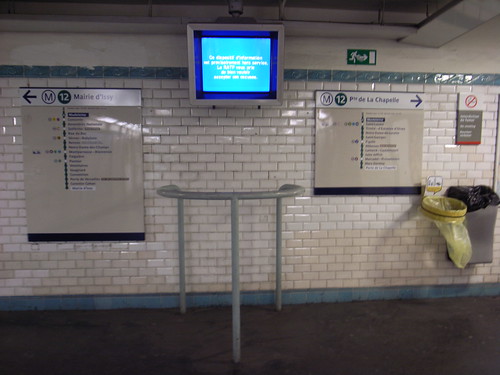
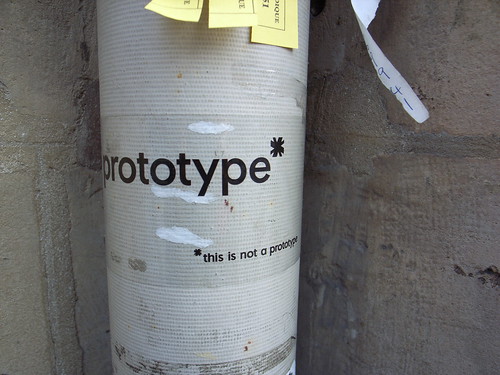


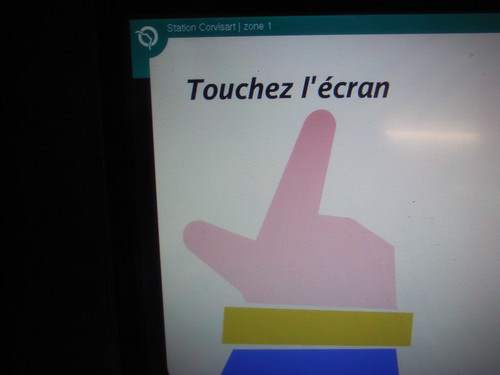
 Certainly one of the most intriguing urban project I've encountered lately:
Certainly one of the most intriguing urban project I've encountered lately: 
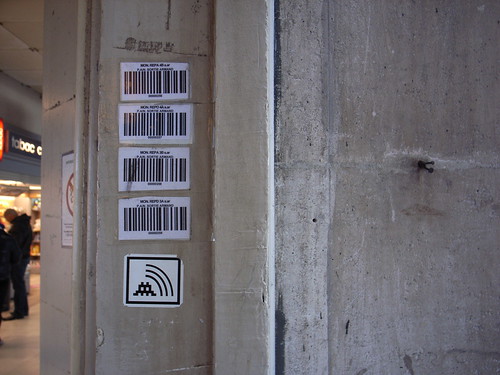
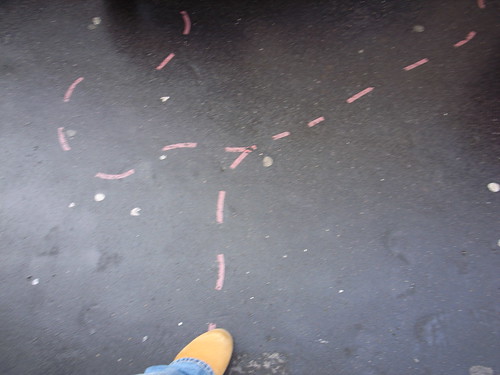
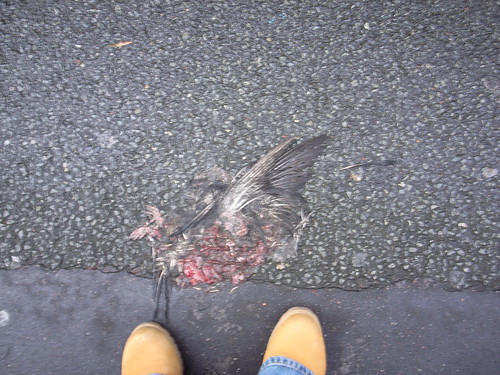

 (Pigeon Blog maps)
(Pigeon Blog maps)